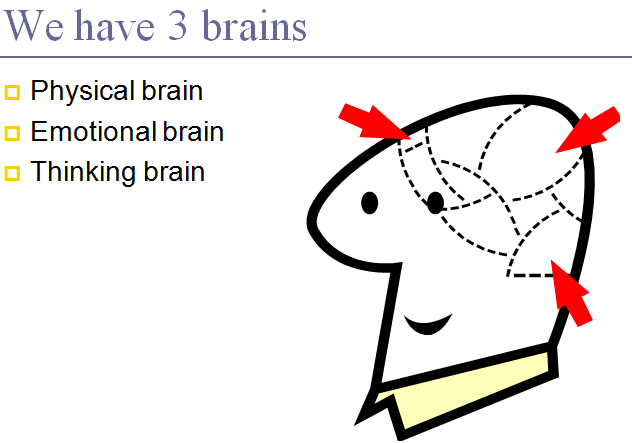The Content Marketing Institute has hit another home-run with their question to content experts, “How do you make content more engaging?” Ten experts responded, including moi, and their answers are illuminating, especially for anyone charged with creating quality content for blogs, social media, and writing for the Web.
 In my opinion and experience, marketing that engages is emotional.
In my opinion and experience, marketing that engages is emotional.
The human brain is emotional at its very core.
While women process messages with more emotions than men, both must be engaged emotionally for a message to be remembered and acted upon.
Marketers must uncover the key emotional triggers their product inspires and pinpoint them in their messages.
Here is a summary of what other content marketers think about this important question:
Just as there is no single definition of engagement, there is no single way to engage with your audience:
- Focus on what is important to your ideal reader, which is often different than what is important to your business.
- Actively listen to your audience and respond to their needs.
- Create buyer personas to capture key information about your readers.
- Try to connect with your readers emotionally.
- Deliver your marketing messages in different media as people like to receive information in different ways.
- Make sure your style is straightforward – avoid jargon and empty or overblown language.
- Show the human side of your business.
- Tell a story.
- Ask questions.
- Don’t think about engagement as a one-time exercise. Provide useful information, consistently over time.
What do you think about this? How do you write content that engages readers?
The interesting thing about appealing to emotions is that whether you do it through pictures, stories, or text, you don’t actually have to be emotional. Because of our brains’ capacity to feel empathy (through mirror neurons), when you show a picture of someone experiencing a strong emotion, we pick up on that feeling, or that sensory perception.
Thus, a story or picture will engage readers as they put themselves into it. Which is why telling a story works well.














Recent Comments